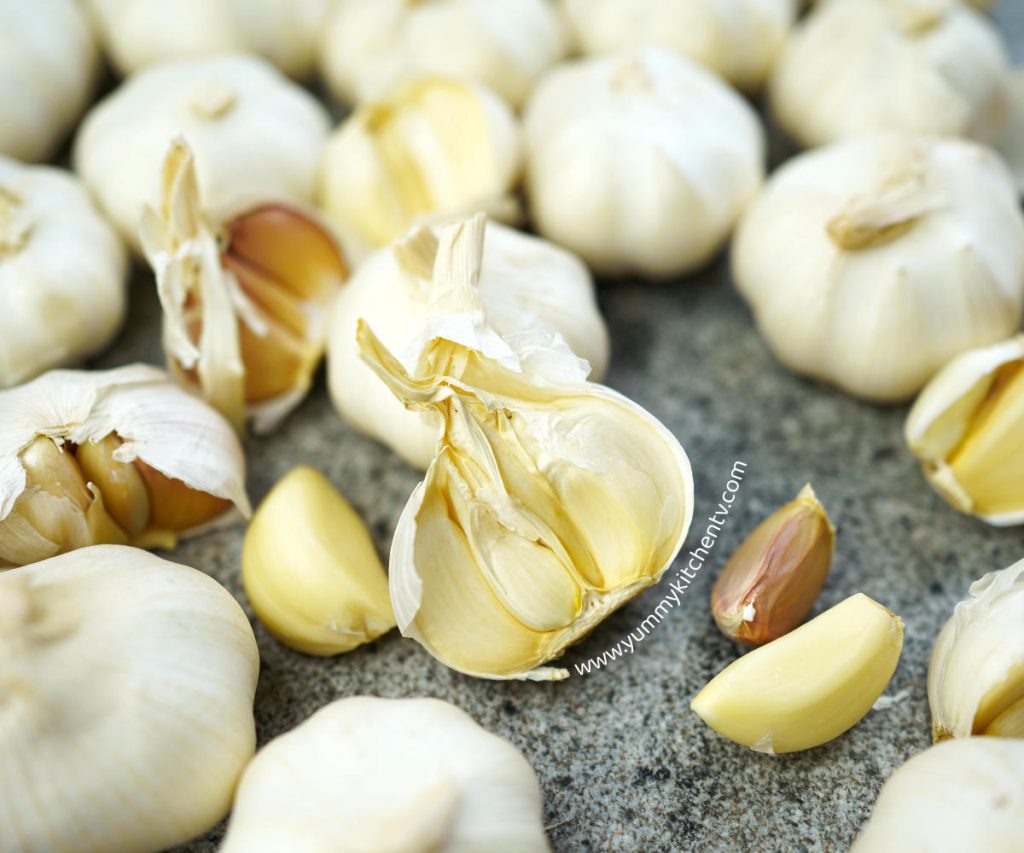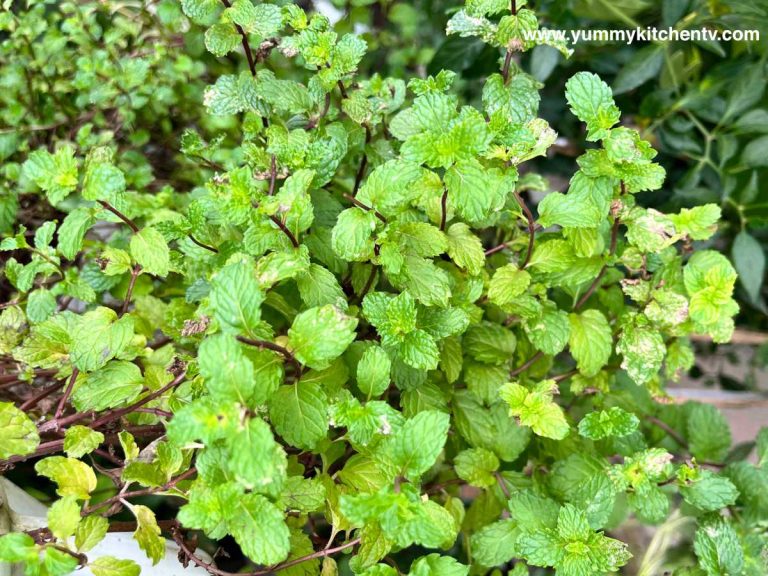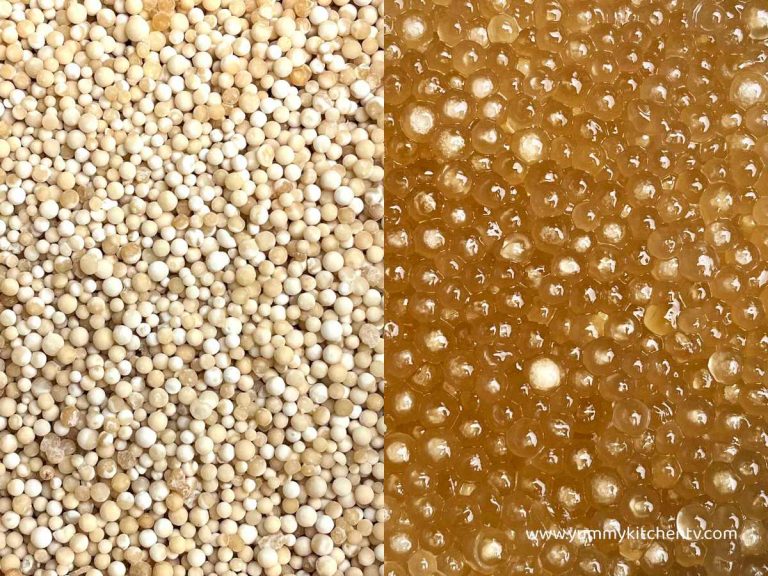What is Garlic ?
Garlic, a flavorful bulb known to be one of the oldest cultivated plants in the whole world. belonging to the Perennial plant of the Amaryllidaceae (Amaryllis family), grown in mild climates. an herb related to chives, leeks, and onions. These are known for their intense pungent smell from the sulfur-containing compounds that turns aromatic once heated, and many health benefits. One being an antibiotic, fighting bacteria and other infections.
Why does this small herb have such a big impact on your dishes and is lately being seen as a deliciously magical medicine?
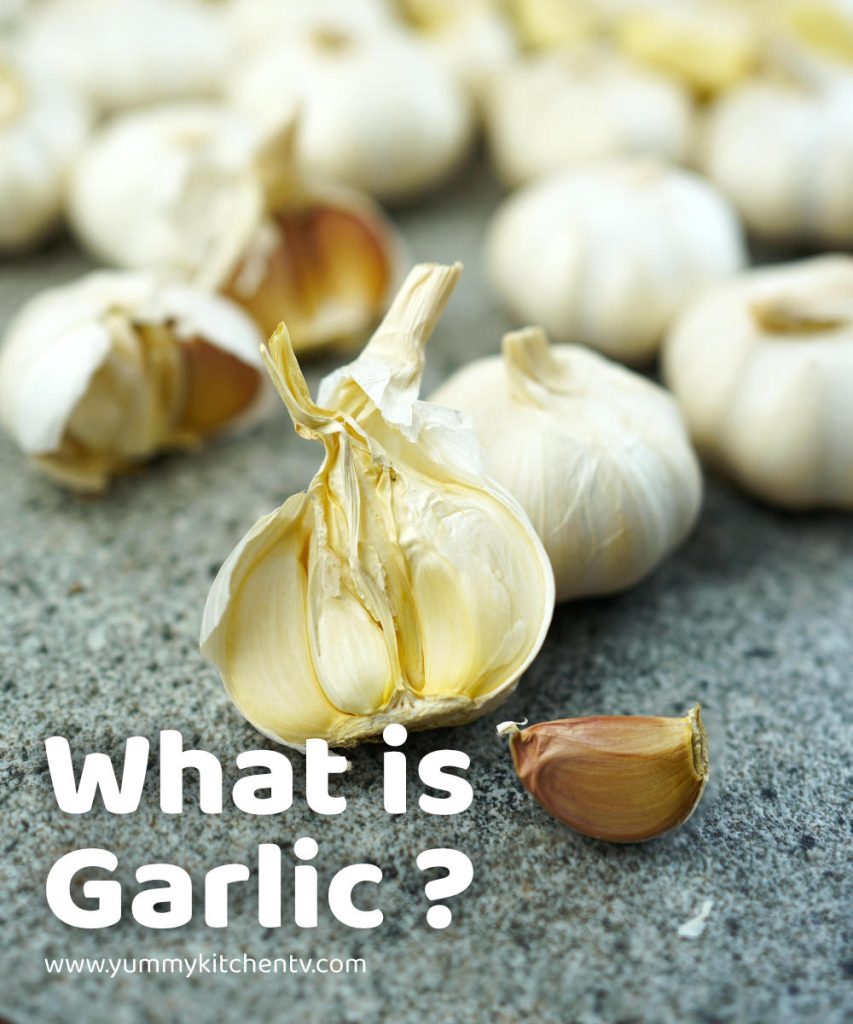
A short History
There are many uses of garlic, from being chopped raw, cooked sautéed, fried, pureed or added in soups, as a seasoning, to help marinade, to use as a spread, condiment, to pickle and many more uses. This has a distinct intense, pungent smell, with a slight spicy, and nutty flavor, and is popularly used in the culinary arts, being an indispensable ingredient in the whole world. This nutritious low calorie bulb, has an inedible white translucent papery skin, having sections called cloves that can form around 10 to 20 cloves per head. Rich in vitamin C, B6, and manganese. There are just an endless list of recipes that garlic gives a bit of ‘oomph’ into.
Middle Asia is the native land of this white bulb. While the exact origin isn’t exactly clear, many believe it grew from West China, Kyrgyzstan, and Kazakhstan. Then spread from China to Japan and Korea, then finally expanded to the New World. Being part of the Allium or ‘Onion Family’, which makes them related to leeks, shallots and onions. Grown in many parts of the world, Garlic has actually been documented as being used for its medicinal properties in major civilizations including the Greeks, Romans, Babylonians, Egyptians, and Chinese. Garlic in Ancient Greece was given to Olympic athletes to be eaten as a ‘performance enhancing substance’, as well as a folk remedy to epidemics of the past like dysentery, influenza or cholera. Nowadays, scientific research has helped better understand garlic nutrition, side effects of garlic, and its range of benefits better.
How to quickly take off Garlic skin
- Prepare a head of garlic, and 2 medium-sized metal bowls, or a pot with a lid.
- Slightly loosen by separating the cloves from each other.
- Toss everything in, even the papery skin in one of the bowls.
- Cover with the other bowl or lid, and start shaking vigorously for 25 – 30 seconds.
- Now the cloves are unpeeled and ready to be used.
- *Or simply crush the cloves with a knife to quickly peel the skin off.
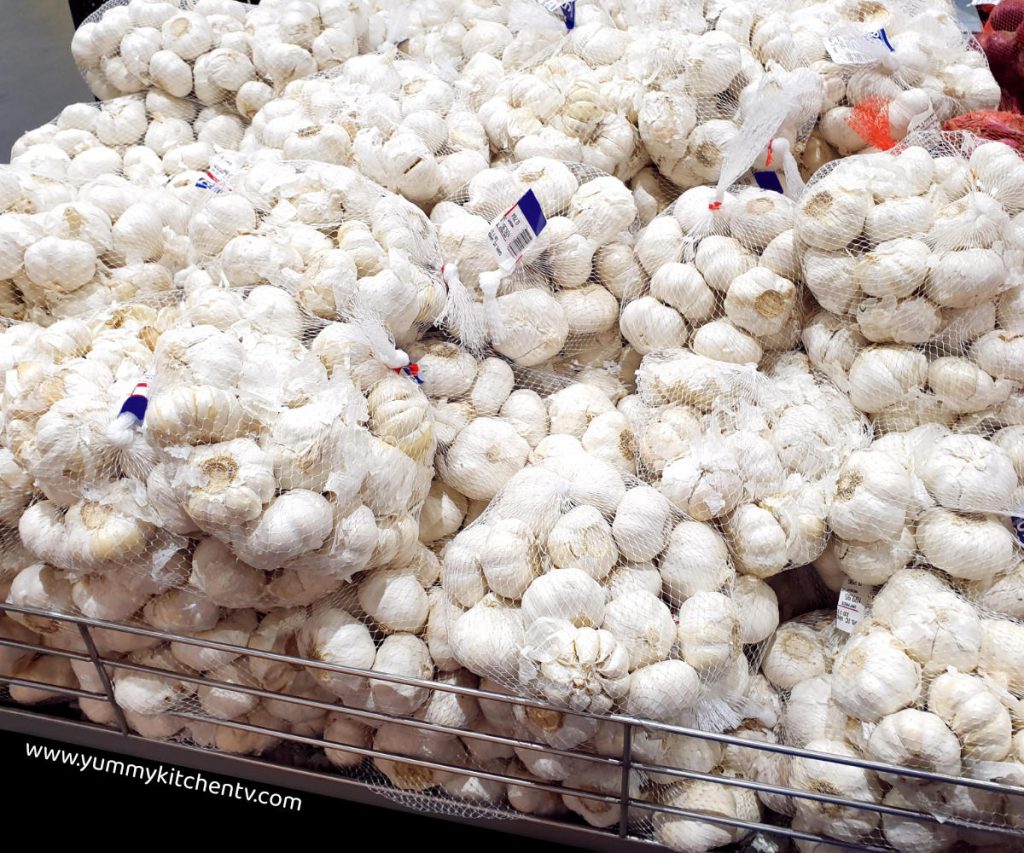
How to get garlic smell out of your hands
- Wear gloves when chopping.
- Rub (used/old) coffee beans on your hands. exfoliating them. This helps make the smell fade faster.
- Use the stainless steel method where you use a knife, spoon, fork, or any item made of stainless steel, carefully rub it under cold running water.
- Rinse your hands with mouthwash or toothpaste.
- Make a paste of 1 teaspoon salt and 2 teaspoons baking soda. Mix with a bit of water to turn into a paste. rubbing your hands together for 30 seconds. Wash with soap after.
Produce better results
- When using garlic, make sure to cook other harder or larger herbs like onions, before adding the garlic to avoid this from burning.
- To get the full benefits and flavor , make sure to cook these till aromatic and slightly soft.
- While there are great ways to cook garlic, starting from the source or the picking the right herb really helps. Look out for firm heads, and no soft cloves, avoid molds, or ones with sprouts.
- To store peeled cloves; in an airtight container the bottom covered in paper towels, place in the peeled cloves, then cover with another sheet of paper towels. To be placed in the fridge.
- You can also place peeled or chopped garlic in glass bottles, covered with your choice of oil, which not only flavors the oil to add something extra to your dishes, but helps keep the garlic from molding. Keep refrigerated.
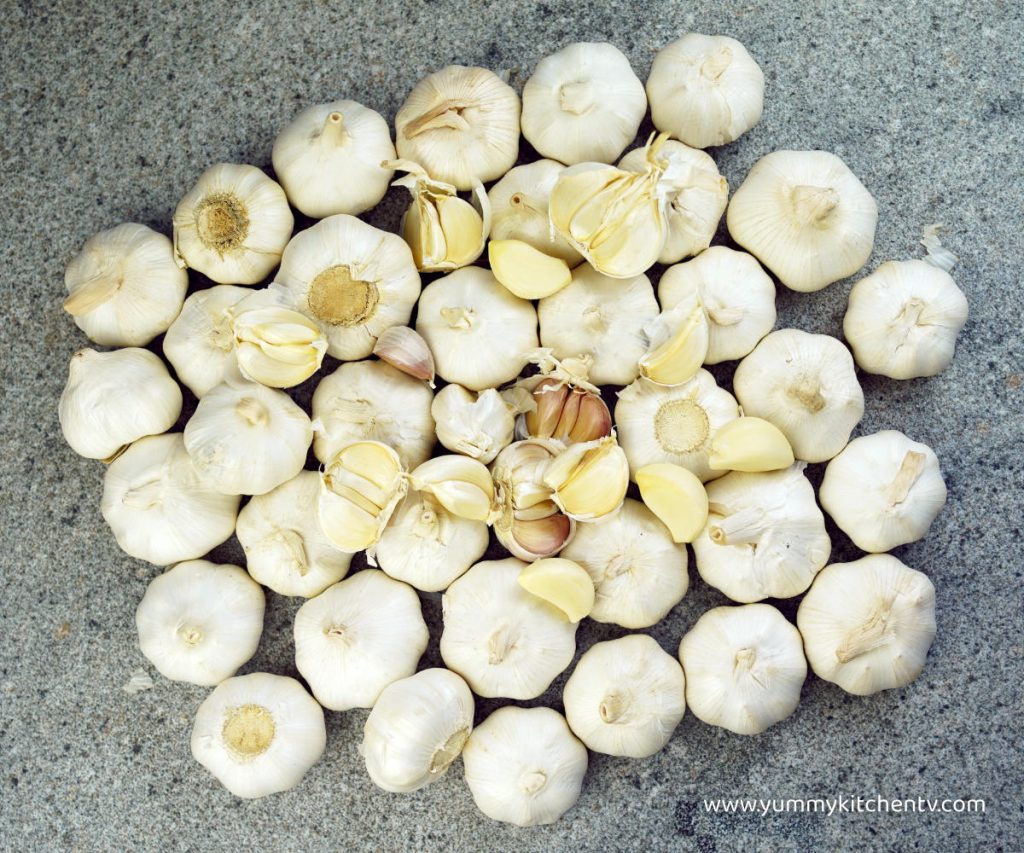
Garlic Benefits
The sulfur compounds found in garlic when the cloves are crushed, chopped or chewed exerts strong biological effects, and is responsible for some of these health benefits. Modern science shows that there are various amount of garlic benefits for men and women, these are just some examples:
- Helps protect against other illnesses including the common cold.
- Lowers blood pressure and cholesterol levels.
- Contains free radicals and antioxidants that help the aging process, dementia and Alzheimer’s disease.
- Reduces fatigue and improves work capacity.
- Detoxify and help protect organs from metal toxicity. Garlic even outperforms drugs for these symptoms.
- Slowly improves bone health.
- Hypertension
- While there is more research needed, many eat this for cancer prevention, because raw garlic has strong inflammatory effects. And from sulfur compounds that are effective in destroying cells in glioblastomas, a deadly brain tumor.
Garlic in Filipino Cooking
Garlic or ‘Bawang’ in Tagalog has always been seen as the key ingredient to many of the traditional savory Filipino dishes. Pungent and spicy when eaten raw, added to many ‘sawsawan’ or dipping sauces to pair up with your fried food. Mellow, creamy, and sweet when cooked into stews and soups.
An additional scoop of crushed garlic makes so much difference to your dish. Filipinos love bawang and a proof of that is the mouthwateringly flavorsome ‘Sinangag’ or Filipino Garlic Fried Rice, a breakfast staple to our rice loving country. It’s not only yummy but the fragrant aroma that wafts into the whole house just wakes you up, fills you up for the morning to get ready and face the day with an energized and happy mind.
This cooking staple is the perfect addition when you want to capture that strong accent of many Filipino foods, making them taste more alive and mellow at the same time. It just completes the dish and makes it whole.
